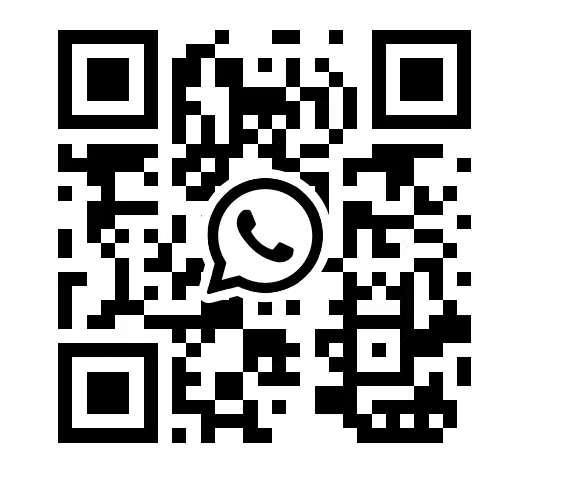News
the history and importance of impact testing
absorbed energy, Charpy impact testing, history, impact testing, pendulum impact
History of impact testing .
In 1896 S. B. Russell introduced the idea of residual fracture energy and devised a pendulum fracture test. Russell's initial tests measured un-notched samples. In 1897 Frémont introduced a test trying to measure the same phenomenon using a spring-loaded machine. In 1901 Georges Charpy proposed a standardized method improving Russell's by introducing a redesigned pendulum, notched sample and generally giving precise specifications.
Importance of impact testing
The qualitative results of the impact test can be used to determine the ductility of a material. If the material breaks on a flat plane, the fracture was brittle, and if the material breaks with jagged edges or shear lips, then the fracture was ductile. Usually a material does not break in just one way or the other, and thus comparing the jagged to flat surface areas of the fracture will give an estimate of the percentage of ductile and brittle fracture.
CATEGORIES
LATEST NEWS
- High-Quality Izod Impact Test Machine | Impact Testing Equip2023-07-14
- Understanding the Science Behind an Impact Testing Machine2023-06-09
- Getting to Know the Impact Testing Machine2023-06-09
- Impact Testing Machines - Your Essential Partner for Premiu2023-05-25
- Impact Testing Machines - An Essential Tool for Accurate Ma2023-05-25
CONTACT US
Contact: Tamas Vibranyec
Phone: 0086-0579-7963961
Tel: 0086-0579-7963961
Email: [email protected]
Add: No. 1336.Bingwang Road Street,Yiwu City Zhejiang province CHINA

